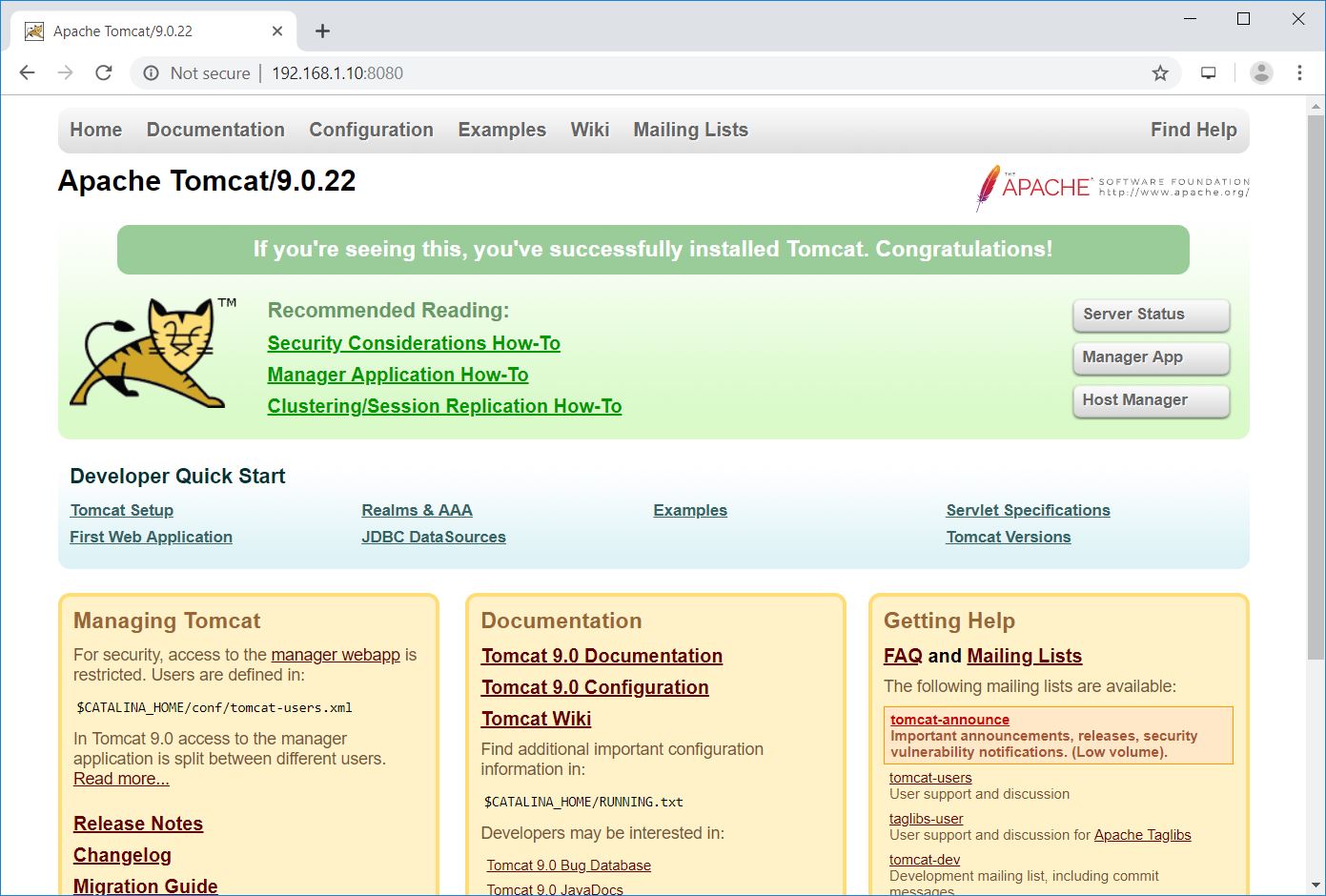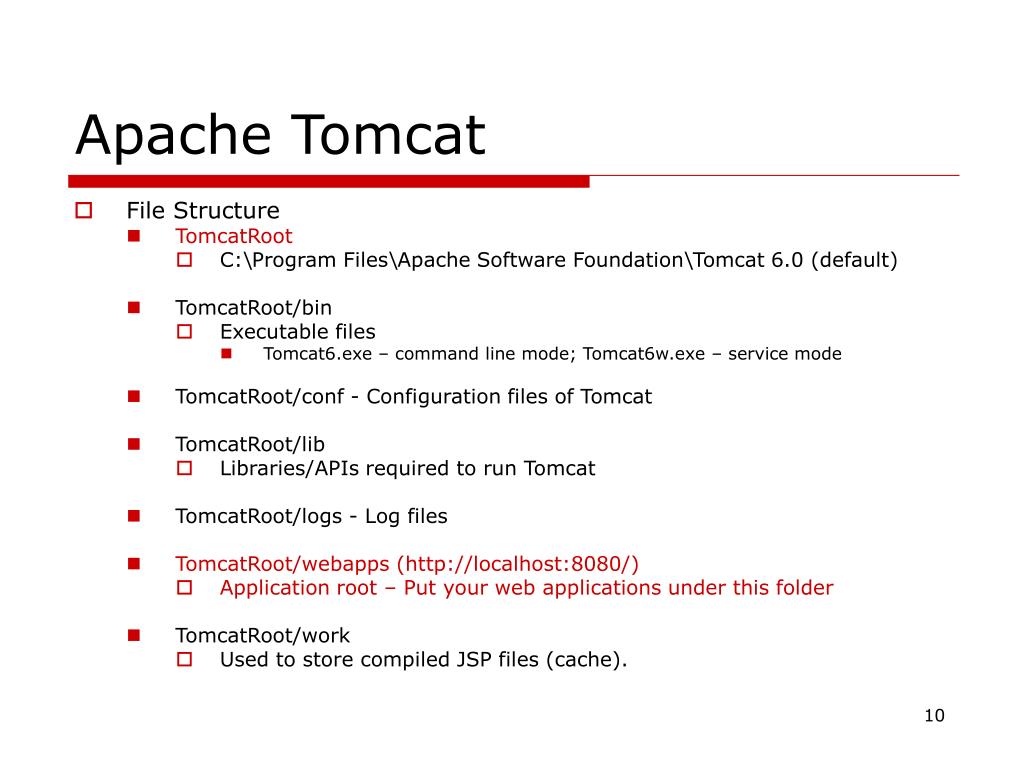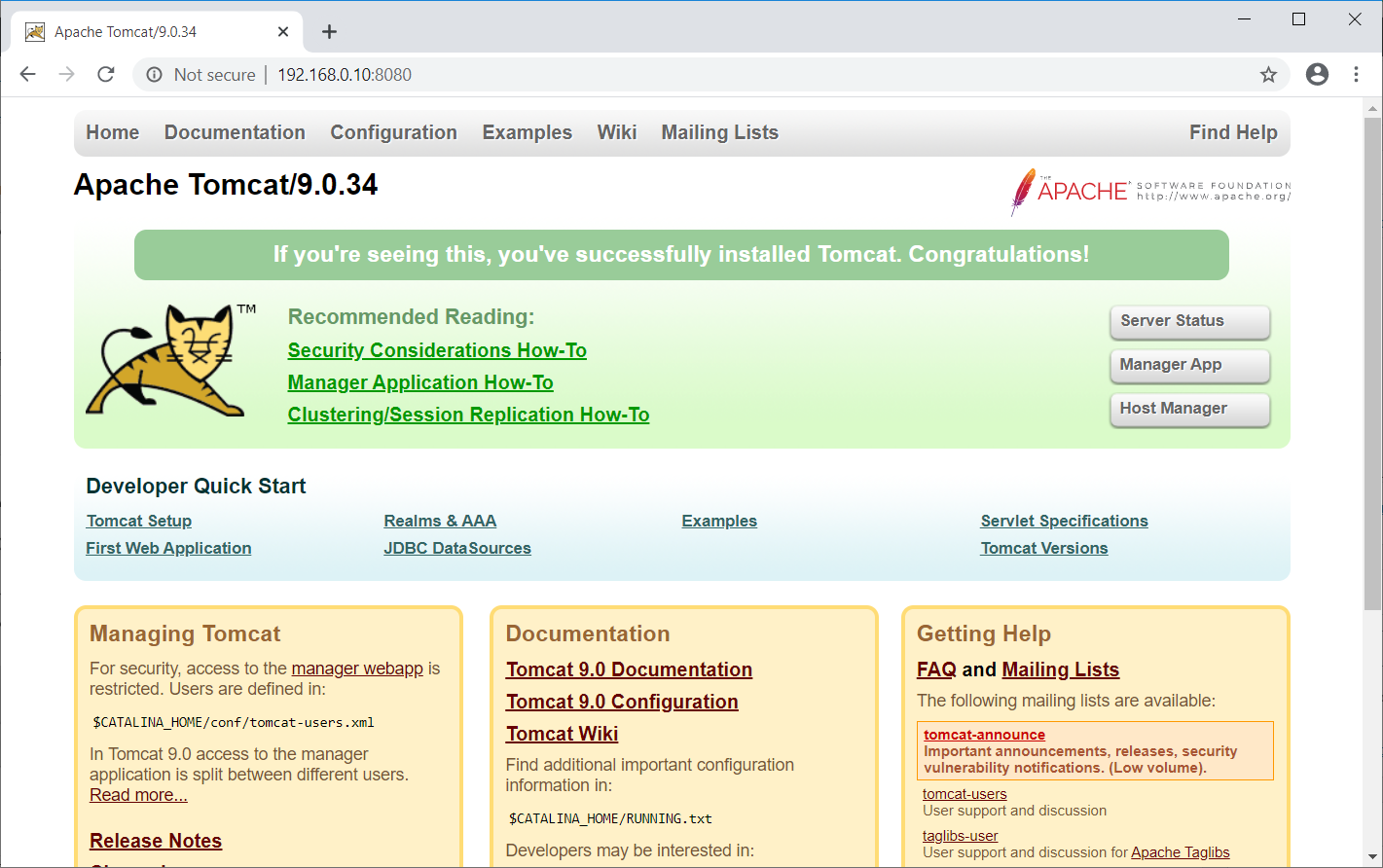

By using asynchronous programming, your application can handle other user requests while this particular user is waiting for the response from the resources, such as DB, NAS, and so on.ĭynamic Configuration: It is again, a very vital feature of Servlet 3.0. For example, if you have 2000 concurrent users using an application, then we cannot allocate 2000 connections to the database and make the connection idle untill we get the response. The biggest advantage of asynchronous programming is that the server doesn't have to wait for the response from the resources. In this chapter, we will discuss the following topics:Īsynchronous Support: Servlet 3.0's asynchronous support has been fully integrated into Tomcat 7.

It includes many additional features that makes it a useful platform for developing and deploying web applications and web services.
#APACHE TOMCAT BAND CODE#
Tomcat implements the Java Servlet and the JavaServer Pages ( JSP) specifications from Sun Microsystems, and provides a "pure Java" HTTP web server environment for Java code to run.Īpache Tomcat version 7.0 implements the Servlet 3.0 and Java Server Pages 2.2 specifications from the Java Community Process.
#APACHE TOMCAT BAND SOFTWARE#
He later helped make this project open source and played a key role in donating this project from Sun Microsystems to The Apache Software Foundation. It was initially developed by James Duncan Davidson, a software architect at Sun Microsystems. Due to an increase in demand, it was later hosted as a separate project called Apache Tomcat, which is supported by The Apache Software Foundation. It was first developed for Jakarta Tomcat. The third and critical phase will teach you to handle critical issues, performance tuning, and best practices for various environment stacks like dev/QA/stage/production.This book gives you a wider vision of using Tomcat 7 in web technologies and the skill to optimize their performance using Apache Tomcat 7.Īpache Tomcat is an open source Java-based web and servlet container, which is used to host Java-based applications. The second phase deals with the building of enterprise application setup and high availability architecture (clustering load balancing). The first cycle consists of installation, configuration of Tomcat 7 on different OS, and other configurations related to JDBC, port, deployment etc.

The content is designed in such a way that it balances the theory and practical approach for understanding concepts related to handling middle ware and web issues.In this book, you will go through a three-phase life cycle. This is the first and only book to cover upgrading to Tomcat 7 from previous versions.The journey of the reader starts at the beginner level and ends at the expert level. It imparts to you the capacity to resolve migration issues and also provides regular maintenance solutions. It helps you to understand the middle architecture for hosting multiple websites and also provides the confidence to implement middleware support. The latest major stable release, Apache Tomcat version 7 implements the Servlet 3 and JavaServer Pages 2 specifications from the Java Community Process, and includes many additional features that make it a useful platform for developing and deploying web applications and web services.Apache Tomcat 7 Essentials follows a practical approach to teach installing, configuring, and maintaining Tomcat. Apache Tomcat (or simply Tomcat) is an open source servlet container developed by the Apache Software Foundation (ASF).


 0 kommentar(er)
0 kommentar(er)
